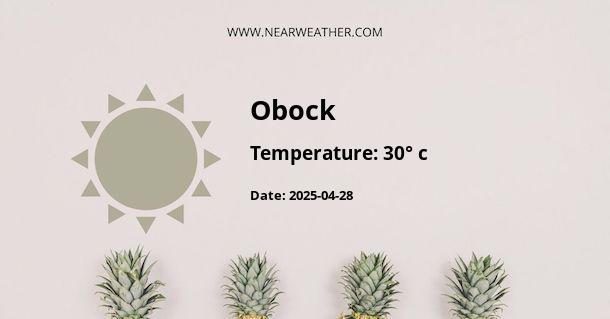Overview of Obock Region, Djibouti
Located in the northeastern part of Djibouti, the Obock Region is home to an array of diverse landscapes, ranging from the arid coastal plains to the towering peaks of the Goda Mountains. Boasting a rich cultural heritage and a long history as a trading hub, the region offers a unique blend of natural beauty and cultural attractions.
Climate of Obock Region
The Obock Region experiences a hot desert climate, characterized by high temperatures and sparse rainfall throughout the year. The climate is heavily influenced by the region's proximity to the equator and the Red Sea, which help to moderate the temperatures to some extent.
Temperature
Temperatures in the Obock Region range from mild to extremely hot, with average daily temperatures typically exceeding 30°C (86°F). The hottest months are typically July and August, when temperatures can reach up to 42°C (107.6°F).
Despite the high temperatures, the region experiences relatively little humidity, making the heat more bearable than in some other desert climates.
Rainfall
Rainfall in the Obock Region is scarce, with an annual precipitation of less than 200mm. The region experiences two rainy seasons, the 'short rains' from October to December and the 'long rains' from March to May, although the rainfall during these periods is still relatively low.
Weather Patterns throughout the Year
To help you better understand the weather patterns in the Obock Region, let's break it down month by month:
- January: This is one of the cooler months in the region, with average temperatures hovering around 25°C (77°F).
- February: Temperatures begin to rise slightly in February, but still remain relatively comfortable.
- March: The onset of the 'long rains' sees an increase in humidity, although rainfall is still sparse.
- April: April is typically the wettest month, although rainfall is still relatively low.
- May: The 'long rains' end in May, and temperatures begin to rise significantly.
- June: June marks the start of the hot season, with average temperatures exceeding 37°C (98.6°F).
- July and August: These are the hottest months, with temperatures often exceeding 40°C (104°F).
- September: Temperatures begin to drop slightly in September, although it is still very hot.
- October: The 'short rains' begin in October, bringing a slight reprieve from the heat.
- November and December: These months mark the end of the 'short rains' and the beginning of the cooler season.
Conclusion
The Obock Region in Djibouti offers a unique and fascinating climate, characterized by high temperatures and low rainfall. Despite the challenging conditions, the region boasts a rich cultural heritage and a diverse range of natural attractions, making it a must-visit destination for those seeking an off-the-beaten-path adventure.
A - Obock's Latitude is 12.250000 & Longitude is 43.083328.
A - Weather in Obock is 23° today.
A - Climate Conditions in Obock shows broken clouds today.
A - Humidity in Obock is 78% today.
A - Wind speed in Obock is 18.04 km/h, flowing at 145° wind direction. today.
